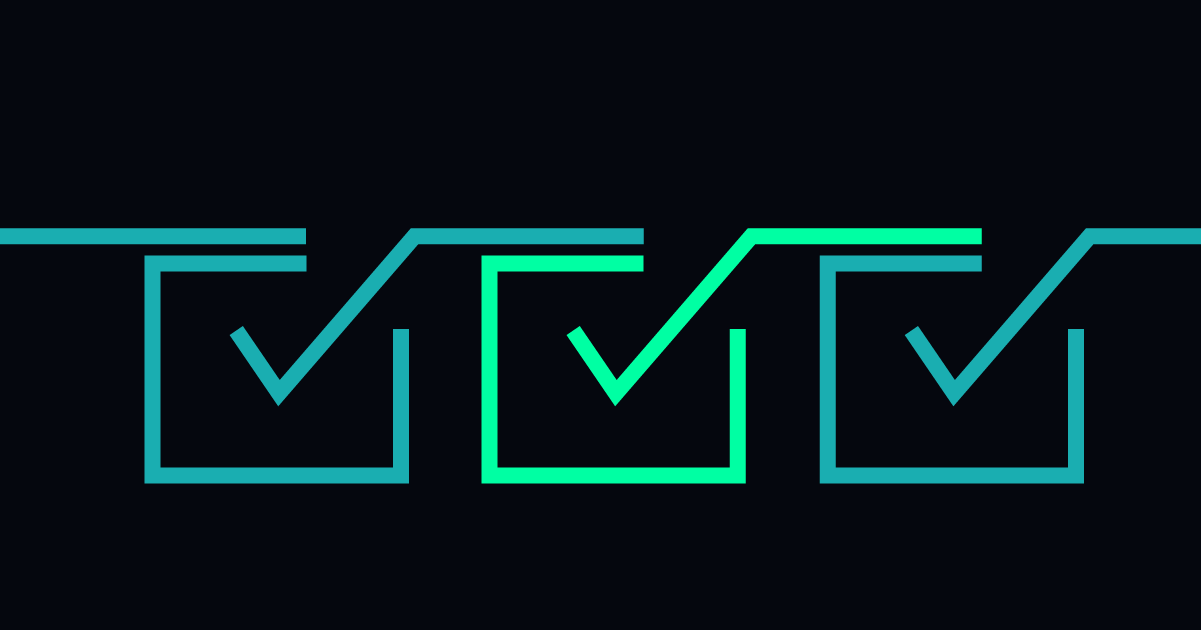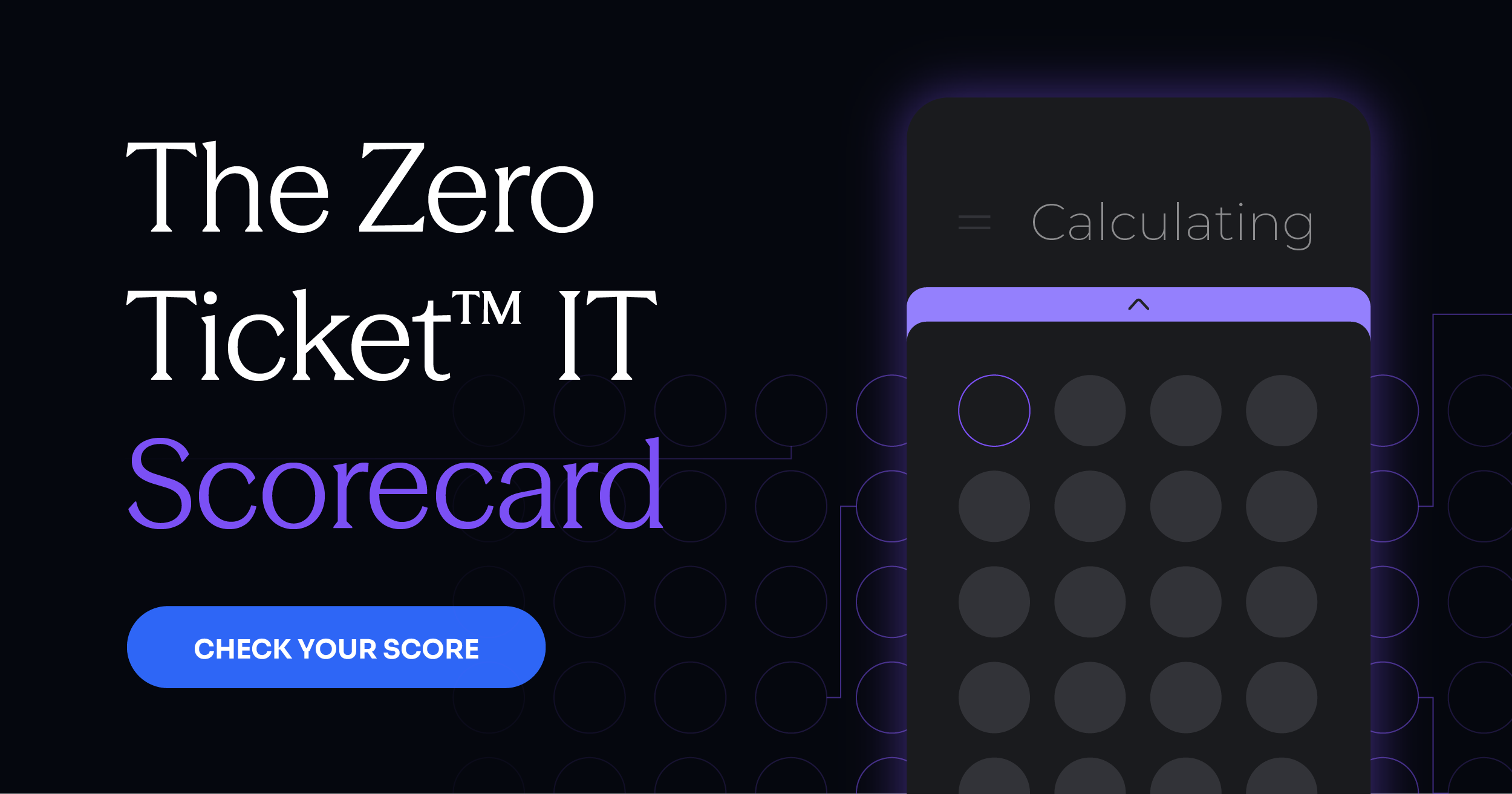
Automation Observability: See It, Fix It, Skip the Firefighting
Subscribe to receive the latest content and invites to your inbox.
IT leaders know the drill. An alert storm rolls in and the tickets pile up. Your team scrambles to piece together root causes before service degradation kicks in. But the firefighting rages on, even when you have enough dashboards, monitoring, and alerts to light up a Christmas tree.
Enterprise leaders need to quit burning budget on shiny dashboards that look good in the boardroom but do nothing to stop outages in the real world. What IT needs today is observability that triggers intelligent decisions and automation that executes them autonomously. Otherwise, you’re just watching your systems burn in higher fidelity.
Why is IT like this for so many teams? Because visibility alone doesn’t fix problems, and automation alone doesn’t know where to aim. That gap is what keeps IT purely reactive.
Too many teams mistake visibility for control. Observability without action is just passive reporting, while automation without context is a liability.
The market is catching on, though! Vendors are beginning to shift messaging toward unified platforms that marry observability with automation to create more connected and resilient operations. The era of siloed point tools is (thankfully) fading, and buyers want platforms that help teams shift from reactive firefighting to proactive orchestration.
This is exactly what we call automation observability: the convergence of full-stack insight with intelligent, orchestrated action. It’s how Resolve helps enterprises move to a Zero Ticket IT future.
The Gear Shift Toward Unified Platforms
IT teams have been left to stitch together fragmented ecosystems for years. One vendor provides monitoring, another alert correlation, another incident response automation. Every tool adds value in isolation, but together, they create cost sprawl, complexity, and delays.
Now, the market is shifting. Leading vendors and forward-thinking IT buyers are seeking platforms that unify observability, orchestration, and automation. When these powers combine, IT evolves from fighting fires to driving experience improvements.
At Resolve, automation observability is embedded at the architectural core of our Zero Ticket IT model. It’s designed to detect, diagnose, and resolve issues autonomously, before they disrupt the business.
What Is Automation Observability?
Let’s keep it simple:
- Observability shows you what’s happening in your IT environment.
- Automation fixes what’s happening.
- Automation observability connects the two into a closed loop.
Think of it as moving from “we see the fire” to “we snuffed the sparks out.”
With this approach, IT teams can:
- Ingest signals across metrics, logs, traces, and topology.
- Detect anomalies using time-series analysis and ML pattern recognition.
- Correlate alerts from tools like Splunk, BigPanda, or SolarWinds to identify root cause.
- Trigger remediations automatically across systems, service desks, and infrastructure.
- Learn continuously, improving responses over time via a closed feedback loop.
In practice, this means ingesting and correlating multi-source telemetry (e.g., failed SSH connections, packet loss trends, degraded disk I/O), then feeding that into orchestration engines. Resolve pushes this further by layering agentic AI on top of those insights, executing autonomous actions and learning from outcomes to improve precision over time.
That’s automation observability in action, and it’s the superhero duo your team needs to unlock IT’s full potential.
READ MORE: Why Your IT Automation Tool Needs to Work Both Doors... Or Get Out of the Way
Why Observability Alone Isn’t Enough
Observability platforms are powerful. They show you metrics, dependencies, and degradation events in real time. But this data is just awareness, not resolution.
Observability platforms have made it easier to know something’s wrong. But without automated remediation, you’re just watching issues pile up in high-res. It’s what Gartner calls the ‘visibility-to-action gap’, and it’s killing MTTR goals across enterprises.
A tool might tell you disk space is low or that latency is spiking in a specific node, but it won’t act. A human still has to triage, assess, and fix. Multiply that across thousands of alerts a week, and you’re locked in observability theater: a dazzling UI that’s full of insight and void of impact.
As environments scale, human-in-the-loop triage becomes a bottleneck, not a best practice.
Why Automation Alone Isn’t Enough
On the flip side, automation without observability is blind. Point tools and DIY scripts may restart servers or reset accounts, but they lack context.
These solutions don’t know what to fix, when to fix it, or why an issue occurred. They can't adapt to telemetry, and they can't learn from prior behavior.
This is the failure of AI-washing. Vendors slap “AI” on brittle workflows that demo well but collapse in production. Generative AI can draft a workflow, but without observability signals and feedback loops, it has no timing, no situational awareness, and no control.
Automation without telemetry is just hope in a shell script.
The Power of Automation Observability
Now, let’s put the two together.
With automation observability and Resolve’s platform, enterprises gain a closed-loop system that can see, decide, act, and improve.
- Noise reduction: Filter false positives and correlate across sources.
- MTTR reduction: Diagnose and resolve issues autonomously in minutes.
- Cross-domain orchestration: Resolve incidents across infrastructure, networks, and service desk without handoffs.
For example, Resolve can correlate a latency spike in east-west traffic with simultaneous service desk complaints, then trigger remediation in real time. Traffic is rerouted. Services are restarted. Every step is logged for compliance and learning.
This is intelligent automation powered by agentic AI, where RITA handles live remediation and Jarvis builds net-new workflows based on alert trends, ticket patterns, and business logic.
This is the automation feedback loop in action:
Signal → Insight → Orchestration Trigger → Remediation → Learning.
And it works:
- Ticket volumes shrink by 60–90%.
- MTTR drops by up to 70%.
- Teams step off the firefighting treadmill and shift to innovation.
Why Resolve’s Approach Is Different
Resolve is built differently, and it shows.
Other vendors claim automation observability, but they deliver bolt-on AI atop brittle architectures. Their models are complex, expensive, and slow to value.
Open-source toolchains may be lightweight, but they require heavy scripting and lack observability integrations. They don’t scale across hybrid infrastructure, and they certainly don’t deliver a closed-loop, agentic system.
Resolve was built for Zero Ticket IT from day one, unifying observability, orchestration, and AI agents into a single platform that turns alerts into resolution, not more dashboards.
- Cost model: Transparent, value-based pricing with faster ROI.
- AI approach: Agentic AI with contextual memory, pattern recognition, and real-world orchestration.
- Adoption model: Prebuilt workflows, intuitive UX, and federated design to scale across roles and teams.
While others market “intelligence,” Resolve delivers autonomous remediation grounded in telemetry.
READ MORE: What Is Agentic Orchestration?
The Strategic Impact: Zero Ticket IT
Automation observability is a foundational shift in enterprise IT, enabling autonomous operations, accelerating innovation, and aligning IT strategy with business imperatives.
This shift moves IT from reaction to prevention, from manual triage to autonomous resolution, and from cost center to innovation driver.
Here’s what that looks like:
- For IT: More time for strategic initiatives, fewer late-night pages.
- For employees: Fast, frictionless support via self-service or proactive automation.
- For the business: SLA compliance, lower cost-to-serve, and continuity across digital experiences.
This alignment goes beyond efficiency. Gartner’s 2025 CIO Agenda makes clear: business-aligned I&O is now a top priority. Automation observability connects IT performance to outcomes like resilience, uptime, experience, and agility.
It also sits at the center of BOAT, Gartner’s emerging framework for Business Observability and Automation Technologies. This is the future: intelligent automation platforms that orchestrate across tools, domains, and AI agents.
From Firefighting to Future-Ready IT
Observability without automation shows you problems but leaves you with work.
Automation without observability acts blindly (and often incorrectly).
Only when the two converge can IT achieve closed-loop, intelligent resolution.
That’s the essence of automation observability:
See it, fix it, skip the firefighting.
With Resolve, enterprises no longer have to wait for the market to mature.
They can act now and build the foundation for Zero Ticket IT.
Where employees stay productive.
Where IT teams stay strategic.
Where the business stays resilient.
→ Request a Demo
→ Try RITA Go






